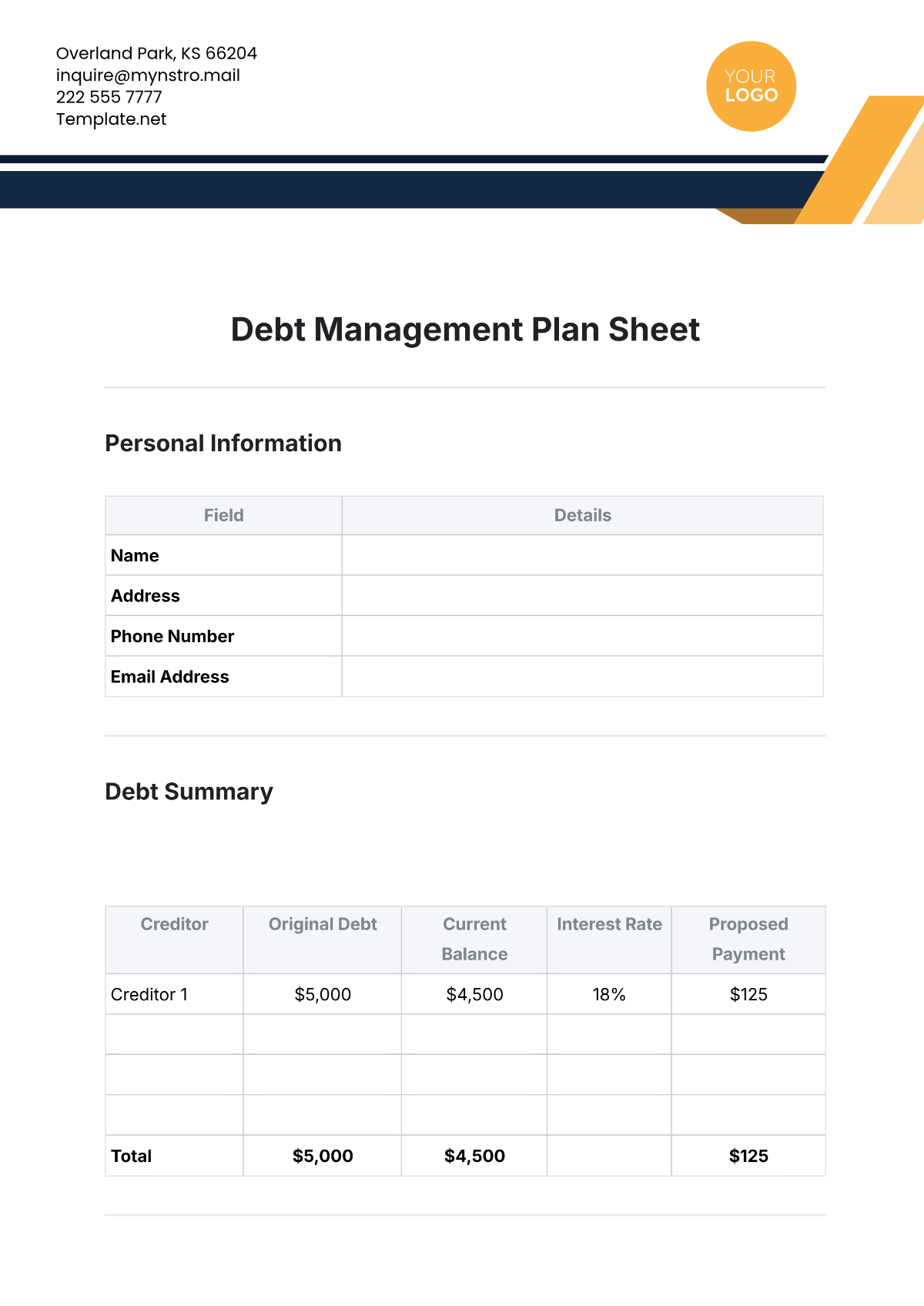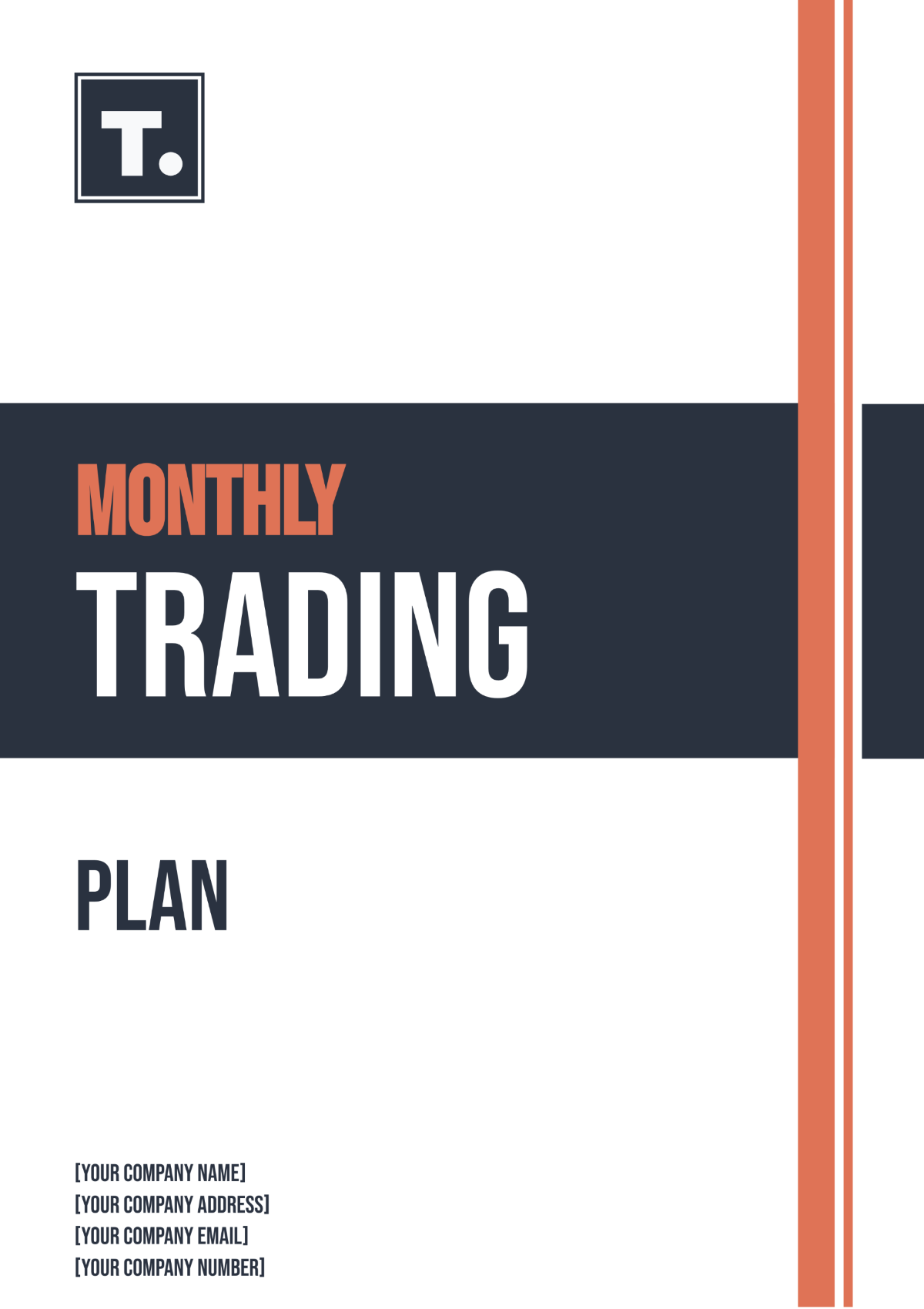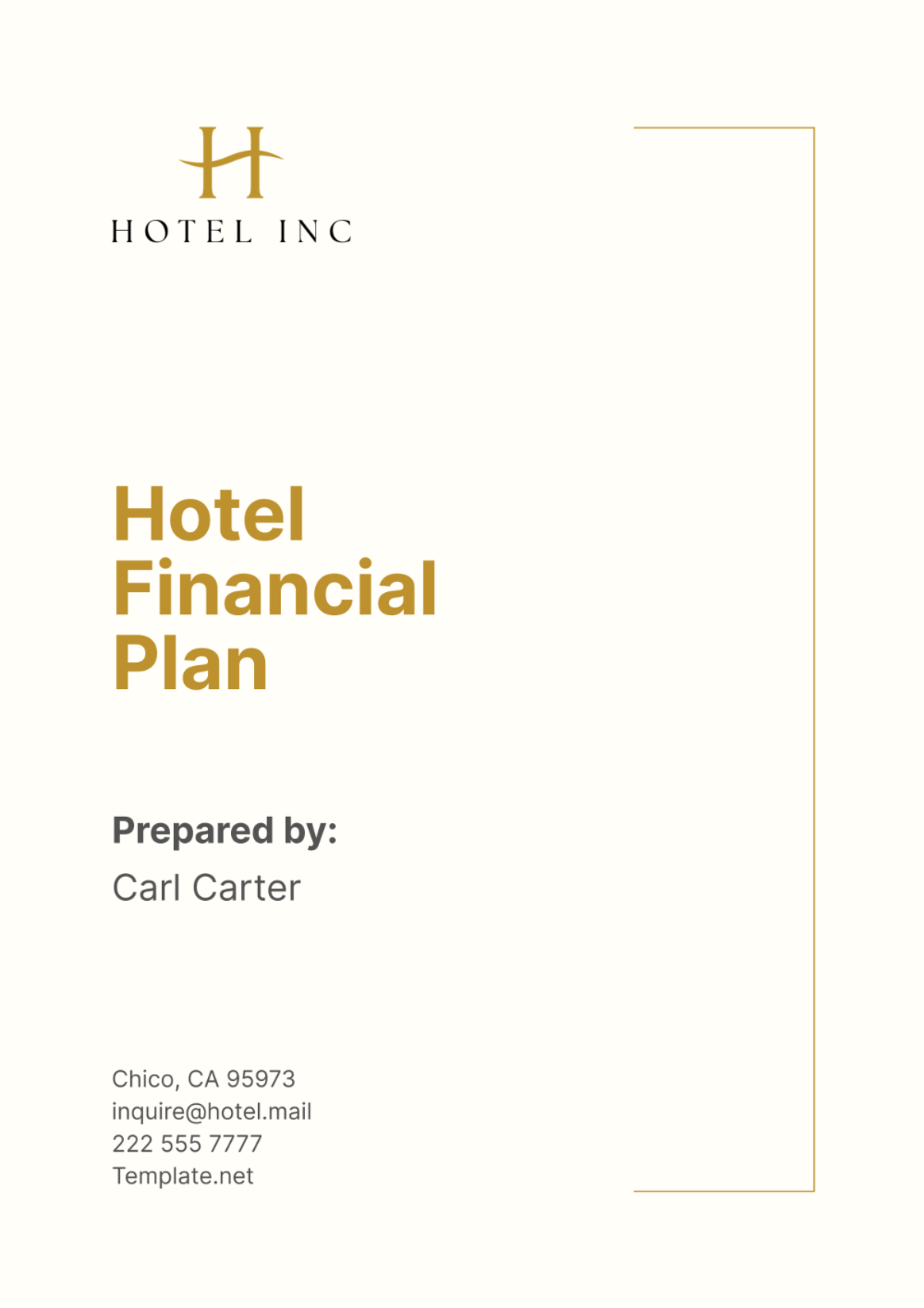BEGINNER TRADING PLAN
I. Introduction
Welcome to my Beginner Trading Plan. I'm [Your Name], and this plan is my roadmap as I venture into the world of trading. It's designed to provide structure and guidance as I navigate the complexities of financial markets.
II. Risk Management
A. Position Sizing
I will always ensure that I do not risk more than two percent of my total capital on any individual trade to safeguard against substantial financial losses.
Implementing a strategy where I calculate the sizes of my positions in alignment with my personal risk tolerance is crucial as it enables me to maintain financial stability and endure periods of market volatility without sustaining significant losses.
B. Stop-Loss Strategy
Setting Placing stop-loss orders at strategically determined levels is an effective strategy to protect against incurring substantial losses and ensures prevention against exiting positions too early. Regularly reviewing and adjusting stop-loss levels helps me adapt to changing market conditions.
C. Portfolio Diversification
Expanding my trading portfolio to include a variety of different asset classes helps in mitigating the effect of market fluctuations on my overall investment by diminishing the impact of volatility that could occur in any one particular market.
I will allocate capital based on the risk/reward profile of each trading opportunity to effectively spread risk.
III. Trading Strategy
Aspect | Description |
|---|---|
Entry Criteria | Identifying specific technical indicators or chart patterns ensures I enter trades at optimal points. |
Exit Criteria | Determining exit conditions based on profit targets or trailing stop-loss orders helps me secure gains. |
Risk/Reward Ratio | Maintaining a favorable risk/reward ratio of at least 1:2 ensures potential gains outweigh potential losses. |
Timeframe | Specifying the trading timeframe helps me align trades with my schedule and objectives. |
Instruments | Defining the financial instruments I'll trade allows me to focus on the markets I understand best. |
IV. Trade Journal
Maintaining a detailed journal in which I record the specifics of each trade, the reasoning behind them, and their eventual outcomes assists me in tracking my progress over time and learning from my experiences.
Regularly reviewing my trade journal enables me to identify recurring patterns and progressively refine my approach to trading over time.
V. Performance Review
Assessing how well my trading activities align with the predetermined objectives and benchmarks that I have set for myself aids in maintaining a high level of accountability and keeps me concentrated on my financial goals.
Examining crucial performance indicators closely enables me to pinpoint areas that require enhancement and to refine my strategic approach accordingly.
VI. Emotional Discipline
A. Patience
Exercising patience and dedicating the necessary time to wait for high-probability trading setups are key practices that aid in preventing impulsive decisions when trading.
Adhering faithfully to my established plan and patiently waiting for the appropriate moments to act ensures that I approach trading with both discipline and confidence.
B. Discipline
Faithfully following my designated trading plan and adhering strictly to the established rules I have set for trading ensures that my approach remains consistent, and it assists in preventing the influence of emotions on my trading decisions.
C. Psychology
By effectively managing emotions such as fear and greed, I can approach the activity of trading with a mindset that is both clear and rational.
Accepting losses as part of the process and focusing on continuous improvement keeps me resilient and focused on long-term success.

















































